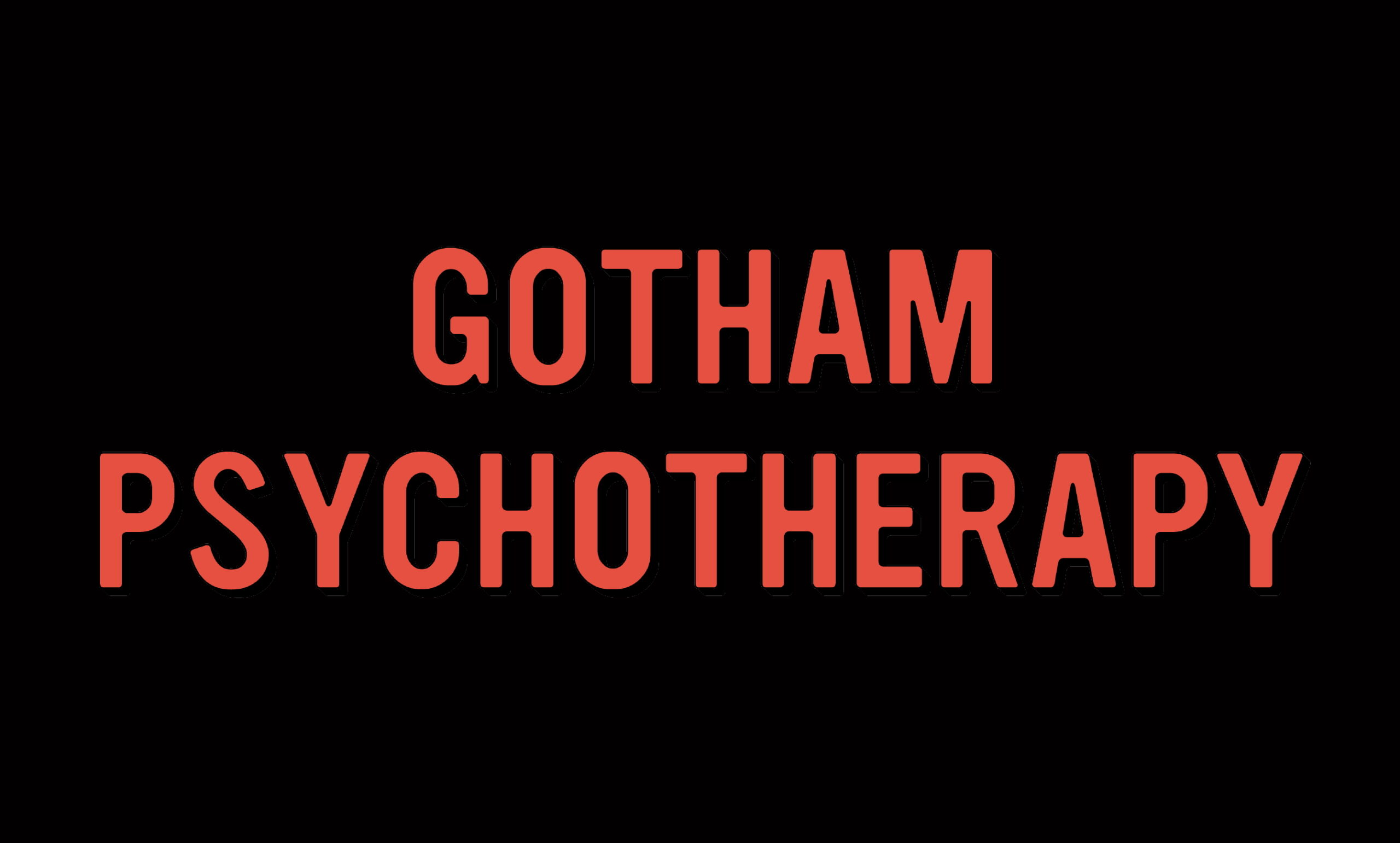Group Therapy

Group therapy provides a supportive, collaborative environment where patients come together with others facing similar challenges. Guided by a skilled therapist, group therapy offers an opportunity to share experiences, gain perspective, and learn coping strategies in a safe and confidential setting.
Patients often find that connecting with others helps reduce feelings of isolation, foster mutual support, and accelerate personal growth.
Group therapy offers unique advantages that complement individual treatment, including:
-
Shared Experience – Patients realize they are not alone in their struggles.
-
Supportive Environment – Group members encourage and learn from one another.
-
Skill Development – Practical strategies are practiced and reinforced within the group setting.
-
Improved Relationships – Patients strengthen communication and interpersonal skills.
-
Increased Confidence – Sharing openly and receiving validation builds resilience.
Group sessions are structured and led by an experienced therapist. While each group may vary in focus, patients can expect:
-
A safe, respectful, and confidential environment
-
Group sizes designed to encourage participation and connection
-
Discussions, exercises, and activities tailored to the group’s goals
-
Opportunities to give and receive feedback in a constructive way
-
A balance of therapist guidance and peer support
Groups typically meet weekly, and many patients choose to participate in both individual and group therapy for the greatest benefit.
Group therapy can take different forms depending on the needs of participants and the goals of the group.
-
Support-focused groups – Members share experiences and provide encouragement to one another.
-
Skills-based groups – Teaching practical strategies such as stress management, emotional regulation, or communication techniques.
-
Process-oriented groups – Exploring patterns of interaction and providing opportunities to build healthier relationships in a safe and supportive environment.
Whether focused on education, skills, or interpersonal growth, each type of group therapy offers a structured space for connection, healing, and personal development.

